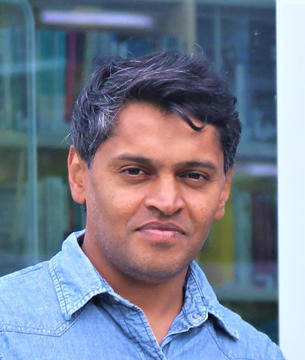Summary:
 The sustainable existence of the Earth is important before planning civilization on the moon. The global warming is becoming evident, which demands more scientific and technological researches devoted on limiting the greenhouse gas emissions. It is hardly unlikely to replace the full spectrum of fuel utilities with the electricity. Therefore, indisputably, development of bio-based energy and fuels are vital. Speaking of bioenergy logistics, it is important to collect and use all possible biomass feedstock within the peripheral of any conversion facility. In this scenario, gasification is the most suitable conversion method as it produces a standard gaseous mixture of carbon monoxide, hydrogen, methane and carbon dioxide.
The sustainable existence of the Earth is important before planning civilization on the moon. The global warming is becoming evident, which demands more scientific and technological researches devoted on limiting the greenhouse gas emissions. It is hardly unlikely to replace the full spectrum of fuel utilities with the electricity. Therefore, indisputably, development of bio-based energy and fuels are vital. Speaking of bioenergy logistics, it is important to collect and use all possible biomass feedstock within the peripheral of any conversion facility. In this scenario, gasification is the most suitable conversion method as it produces a standard gaseous mixture of carbon monoxide, hydrogen, methane and carbon dioxide.
The research was designed to understand the gasification of biomass in fluidized-bed reactors. The experimental studies could reveal that the minimum air requirement for bubbling fluidized-bed gasification of wood pellets at 800ºC temperature is 1.25 kg/kg of biomass for a complete conversion. However, an external heat source was required to maintain the reactor temperature. Grass is also an emerging feedstock because of the high yield and however, gasification of grass pellets above 800ºC was not successful due to clinker formation. Efforts were made to develop solutions for operational shortcomings such as modifying the screw feeding mechanism.
Dual reactor circulating fluidized-bed (CFB) gasification uses steam in the gasification reactor and produces hydrogen rich gas that is suitable for the synthesis of chemicals and fuels. The rate of particle circulation in CFB gasification is a decisive parameter as it governs the heat flow into the gasification reactor. Computational particle fluid dynamic (CPFD) simulations can be used to operate a fluidized-bed gasification reactor virtually, which has emerged as an interesting tool for optimization and parametric studies. Initially, a CPFD particle hydrodynamic model for a CFB reactor was developed to analyze the particle circulation and successively, the model was extended into a fluidized-bed gasification system. Even though the developed CPFD model needs continuous experimental validation, it is competitive in predicting the gas composition of biomass gasification. Integrative use of experimental studies and CPFD simulations is an efficient way of optimizing a fluidized-bed gasification system.
